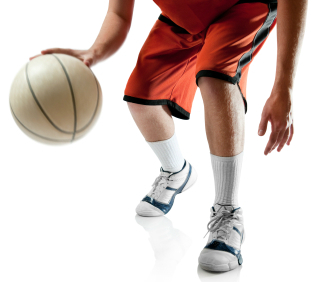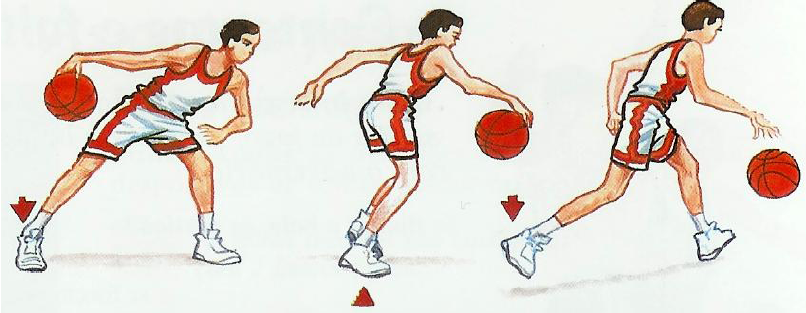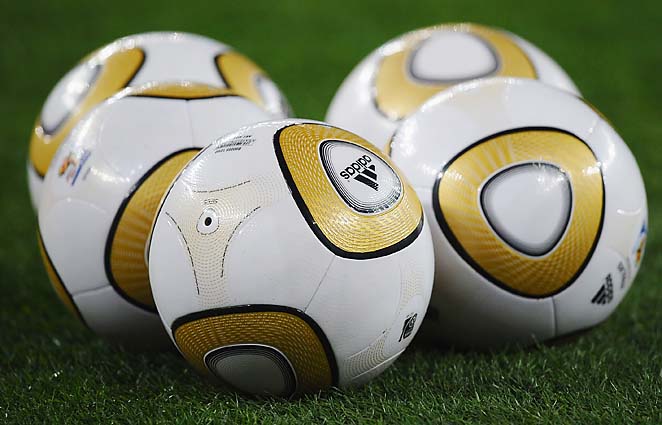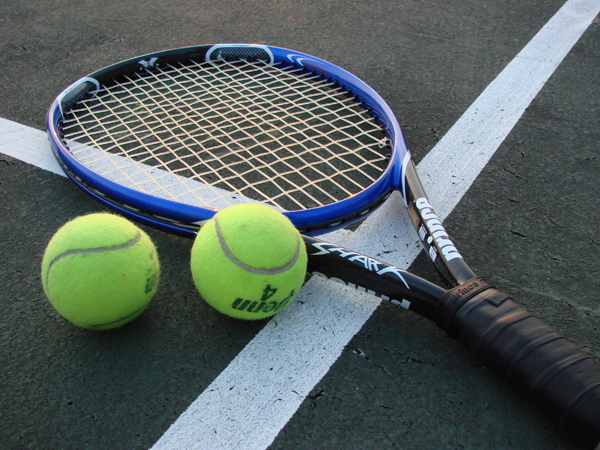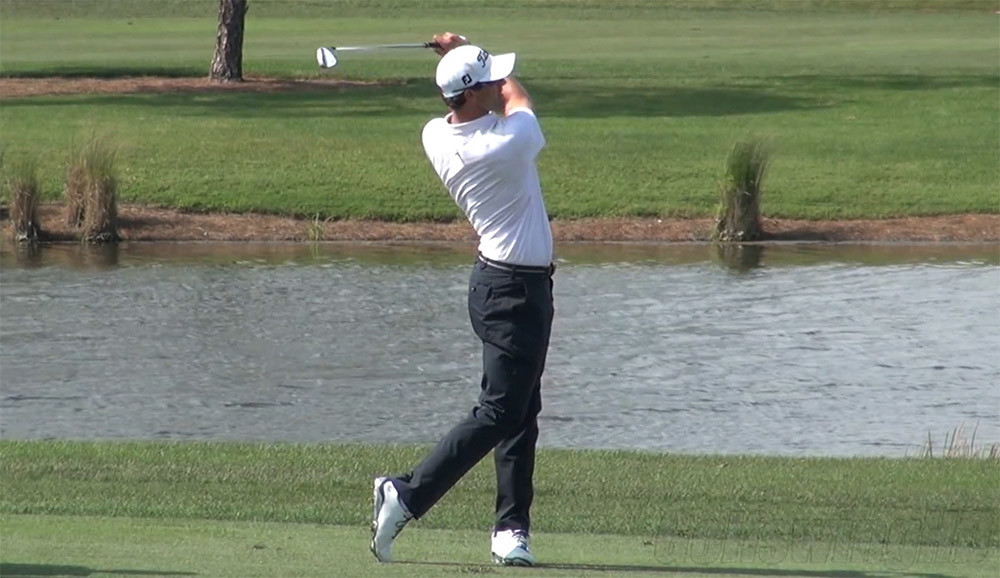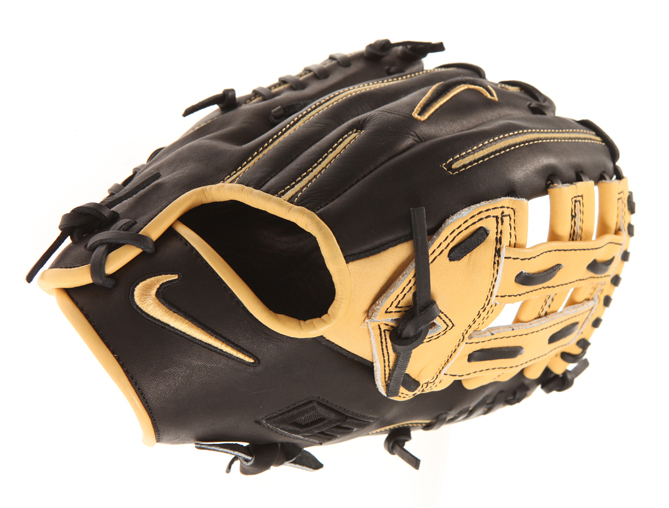Written by: Sports Spot
The main objective in basketball is the successfully put the ball in the hoop. However, the ball must first be taken to the other side before the player can even think of shooting. As per basketball rules, the ball can be taken to the other side of the court either by dribbling or through a pass. The tips below relate to carrying out a proper dribbling.
Since an improper dribbling can have adverse effects on a game, it is important that the player knows what to avoid doing when dribbling. The player is not allowed to take a maximum of three steps with the ball in his/her hands without bouncing it. Moreover, only one hand needs to be used while dribbling. Touching the ball with two hands constitutes of a mistake. Scooping the ball in a the palm is also considered an error.
Sequence
The basic sequence to follow while dribbling a ball would be to bounce, step and step. This implies that the player would need to bounce the ball and then take two steps maximum and bounce the ball another time. This technique is not easy to master at first but once the player works on this sequence, it would become easy to dribble.
Pass
Passing the ball between the legs is used by the player to keep the ball out of the defender’s reach. The legs should be spread one in front of the other in a wide stance in order to pass the ball comfortably. The ball can then be bounced from one side, through the legs and caught on the other side with one hand.
